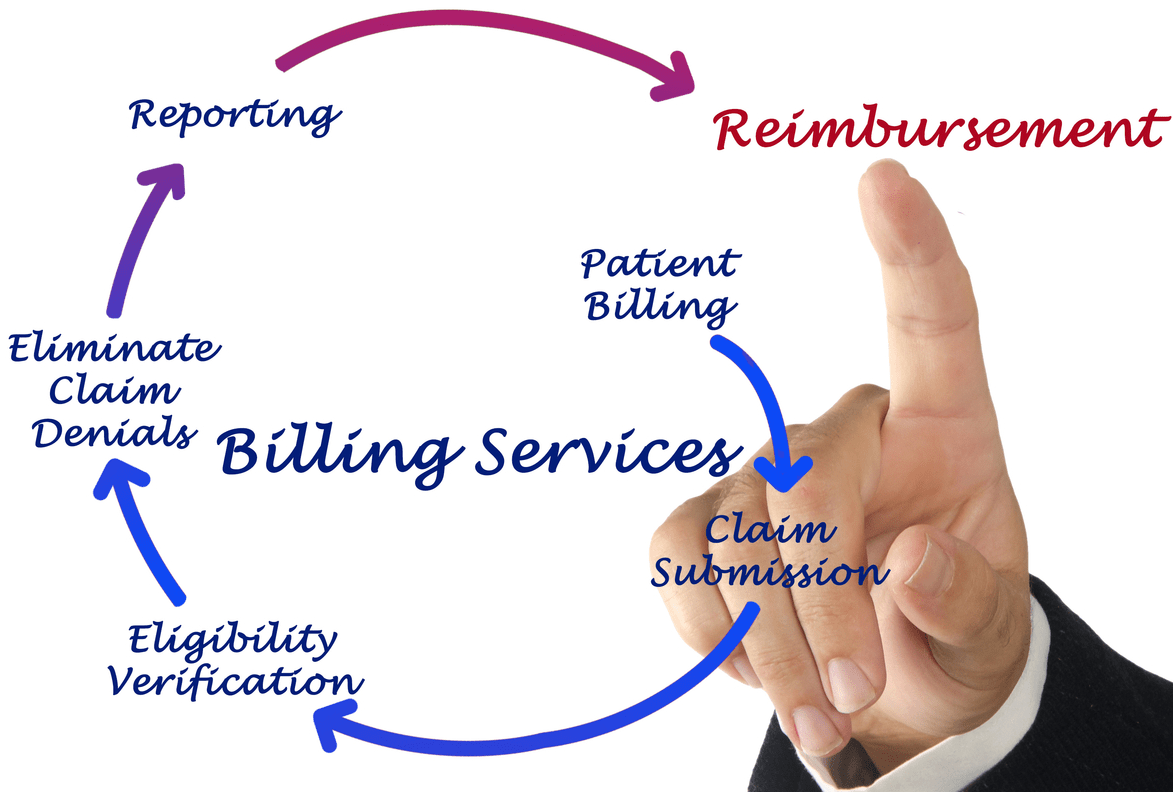Content Attributes
Data is at the heart of every business. It’s what drives progress and allows companies to make smarter decisions. However, data can also be incredibly complex and messy. That’s why businesses need to manage data effectively.
There are a variety of ways that businesses can manage data effectively. The most important part is understanding the data and what it is trying to tell you. Once you have a clear understanding of the data, you can start to put in place the systems and processes to make sure that it is being used effectively.
Understanding data begins with knowing about the different types of data, including metadata. Continue reading to learn more about metadata and what makes a good metadata management solution.
What is metadata?

Metadata is data that provides information about other data. It can describe a file, the contents of a file, or the process that created the file. This information can used to help organize and find the data and provide more context about it. Metadata is usually stored in a file or database that is separate from the data it describes. This can make it easier to update the metadata if the data changes and to search for and use the data in different ways.
Metadata can be added to data in several ways. Some common methods include adding it as a column in a database, tagging files with keywords, or adding comments to the data. Some common metadata fields include title, author, date created, date modified, description, keywords, and geographic information.
Why do businesses need to manage their metadata?
Metadata management is critical for any organization looking to effectively manage and protect their data. Metadata, very simply put, is data about data, which can used to improve the management and accessibility of information. By tracking and managing metadata, an organization can more easily find and use the information they need while also ensuring that data properly protected.
Some of the more specific benefits of metadata management include improved searchability and findability of information, creation of a central repository for information management, improved data governance and compliance, and increased efficiency and productivity.
What makes a good metadata management solution?

The best metadata management solution will vary depending on the specific needs of your organization. However, there are a few general characteristics that often found in good metadata management solutions, which described below:
- Ability to handle a wide variety of metadata types: This includes both structural and descriptive metadata, as well as both technical and business metadata. It should also be able to handle both manual and automated metadata entry.
- Scalability to meet the needs of the organization: As an organization’s data grows, the metadata management solution should be able to keep up, indexing and tagging all of the new data quickly and easily.
- Ease of use: This means that the metadata management solution should be intuitive and user-friendly. It should also be customizable to meet the specific needs of the organization.
- Reliability and stability: The metadata management solution should be able to handle large amounts of data without crashing or slowing down.
- Integration: The metadata management solution should be able to integrate with existing enterprise systems. Such as content management systems (CMS), document management systems (DMS), and records management systems (RMS). This allows organizations to keep all of their data in one central location, making it easy to find and use.
Metadata management is becoming increasingly important as the volume of data continues to grow. By taking a proactive approach to metadata management. An organisation can improve its ability to manage and protect its data while also achieving better business results.



